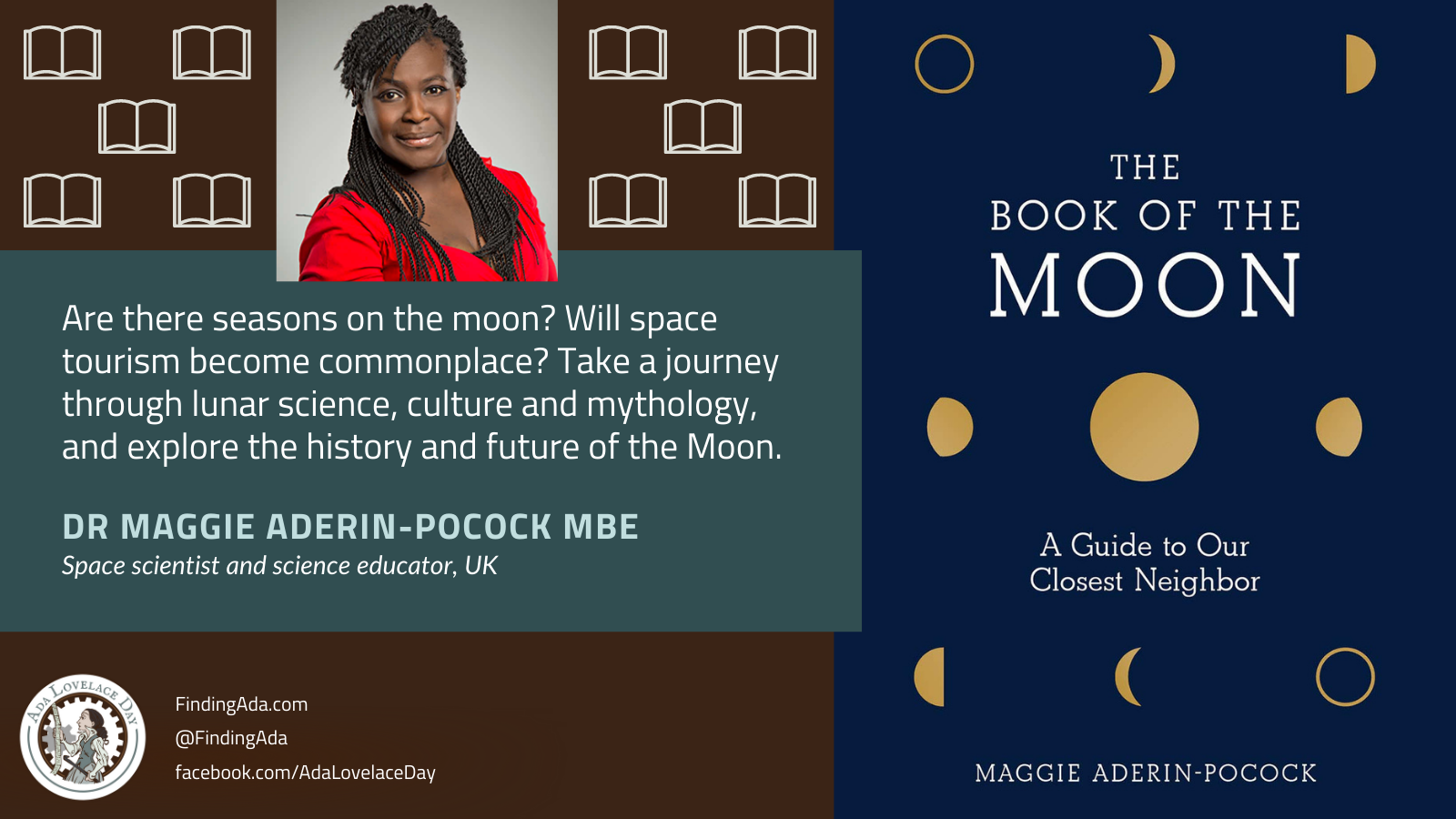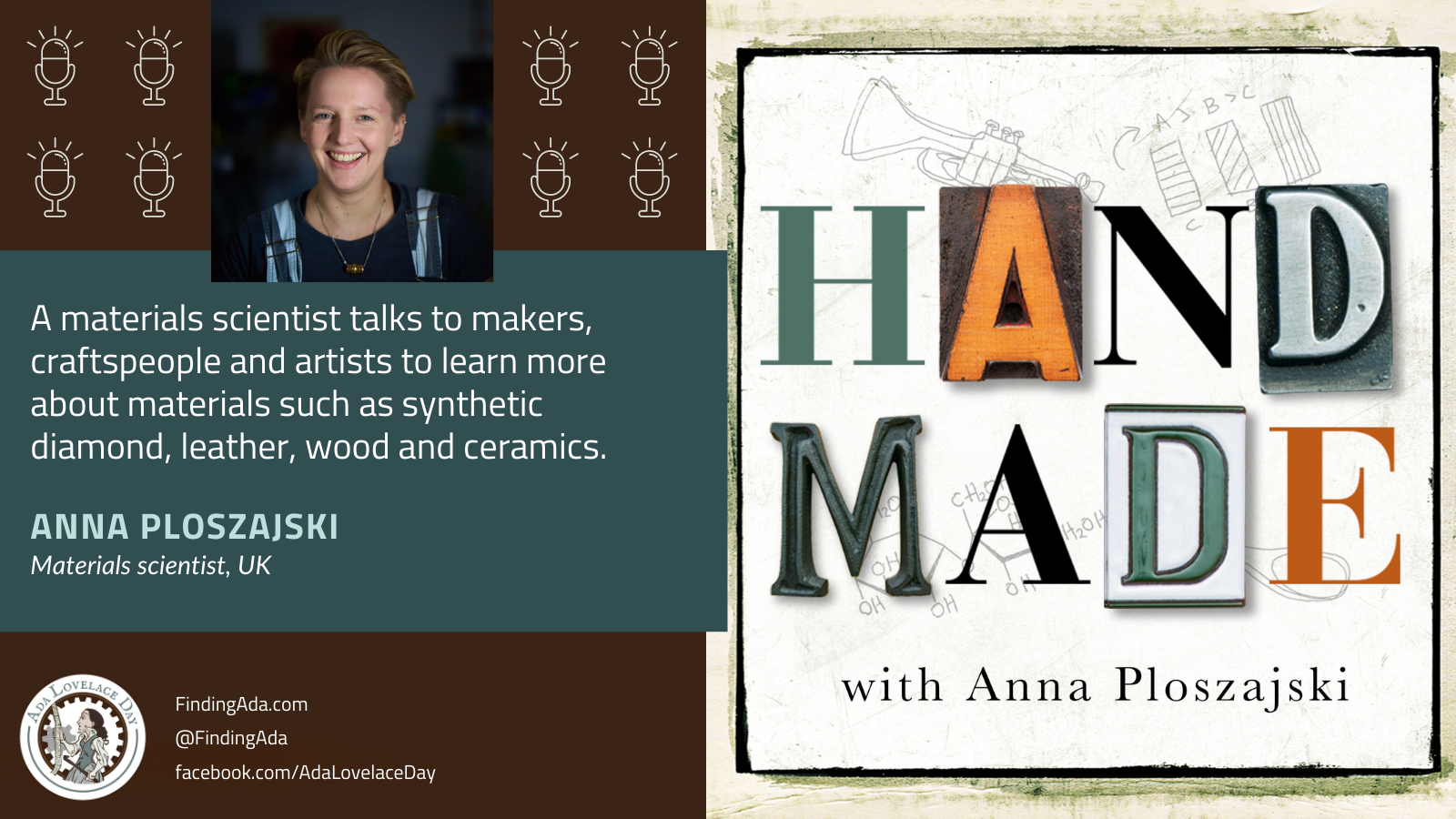
Hertha Ayrton
Born in 1854, Hertha Ayrton’s first accomplishment was to invent and patent a line-divider. Built out of several parallelograms, it allows users to divide a line into any number of equal parts and to enlarge or reduce a figure.
Her work on electric arcs started in 1893. Widely used in street lighting, electric arcs flickered and hissed, which caused problems. Ayrton discovered that the arc’s hiss was due to oxygen coming into contact with the carbon rods used to create the arc, and that when oxygen was excluded the arc remained steady. This allowed her to develop the Ayrton equation, which describes the linear relationship between arc length, pressure and potential difference.
Ayrton became the first woman to present her own paper, The Hissing of the Electric Arc, in front of the Institution of Electrical Engineers (IEE), and soon became the first woman to be elected to the IEE. The Royal Society rejected her petition to present her paper, The Mechanism of the Electric Arc, which was read by a man in her stead. They also rejected John Perry’s proposal that she become a Fellow.
Ayton went on to study the formation of ripples in sand and waves in water, and recognised that the formation of ripples would affect propellers and aircraft. She became the first woman to read a paper, The Origin and Growth of Ripple Marks, at the Royal Society in 1904, and was the first woman to be awarded the Hughes Medal for her work on ripples and the electric arc in 1906.
During World War I, she used her work on waves to design the ‘Ayrton anti-gas fans’ that were, eventually, used to remove mustard gas and other chemical weapons from the trenches, dug-outs and shell holes, and mine craters.
Further reading
- Hertha Ayrton, Wikipedia
- Hertha Ayrton, Pam Hirsch, Jewish Women’s Archive
- Ayrton, Hertha (1854-1923), Blue Plaques, 2007
- Hertha Marks Ayrton: Guardian obituary of pioneering scientist, published 1923, The Guardian, 28 April 2016
- Hertha Marks Ayrton’s 162nd birthday, Google Doodle, 28 April 2016
- How British scientist Hertha Marks Ayrton discovered the secret of ripples, Mark Molloy, The Telegraph, 28 April 2016
- Hertha Ayrton (audio), Helen Arney & Matthew Parris, Great Lives BBC Radio 4, 2 January 2018
- She Sang The Arc Electric: British Engineer, Mathematician, Physicist and Inventor Hertha Marks Ayrton, Dale Debakcsy, Women You Should Know, 18 April 2018
- The life and material culture of Hertha Marks Ayrton (1854–1923): suffragette, physicist, mathematician and inventor, Elizabeth Bruton, Science Museum Group Journal, 31 October 2018
- Hertha Ayrton (Née Phoebe Sarah Marks), Minerva Scientifica, 13 June 2019
- Celebrating the Life of Hertha Ayrton, Dr Elizabeth Bruton, Science Museum, 28 April 2020
- Meet Hertha Ayrton, the mathematician who cleared WW1 trenches of poisonous gas, Joan Meiners, Massive Science, 5 June 2020
- Hertha Ayrton, Mathematician, Physicist, Engineer and Inventor, Minouette, 19 February 2021


